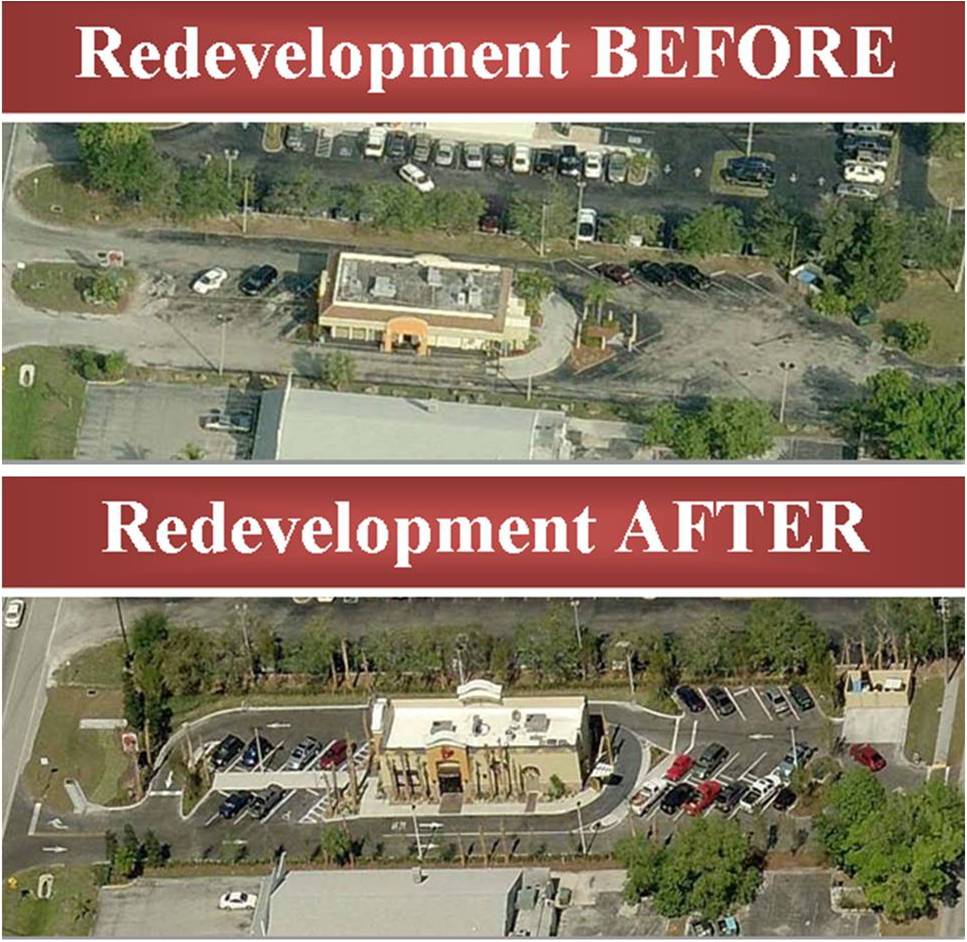 A variance is a departure from the provisions of the
Land Development Code, excluding building codes, related to:
A variance is a departure from the provisions of the
Land Development Code, excluding building codes, related to:
- Building or structural setbacks
- Lot dimensions, such as width, depth or area, structure, or building height
- Off-street parking or loading requirements
- Open space, buffers, lot coverage, impervious areas and similar technical development regulations
A variance does not change the allowable use of the property, building, or structures, or change procedural requirements or definitions.
A zoning variance (LDC, Chapter 34) may be granted upon finding that there are exceptional or extraordinary circumstances inherent in the property in question that are not a result of actions taken by the applicant. Only the minimum variance that will relieve the applicant of an unreasonable burden may be granted, and the variance cannot be detrimental to the neighborhood.
A variance from the technical development standards (
LDC, Chapter 10) may be granted when compliance with the LDC would be duly burdensome. However, the proposed variance cannot threaten the safety and welfare of the adjacent property owners or general public.
The average time to complete the variance is generally four to five months because of advertising requirements. The decision of the Hearing Examiner is final.
For general zoning information, call 239-533-8329 or email us.